RPA RELEASES VERSION 6.0 OF ITS FREE BUILDING EFFICIENCY SYSTEM TOOL
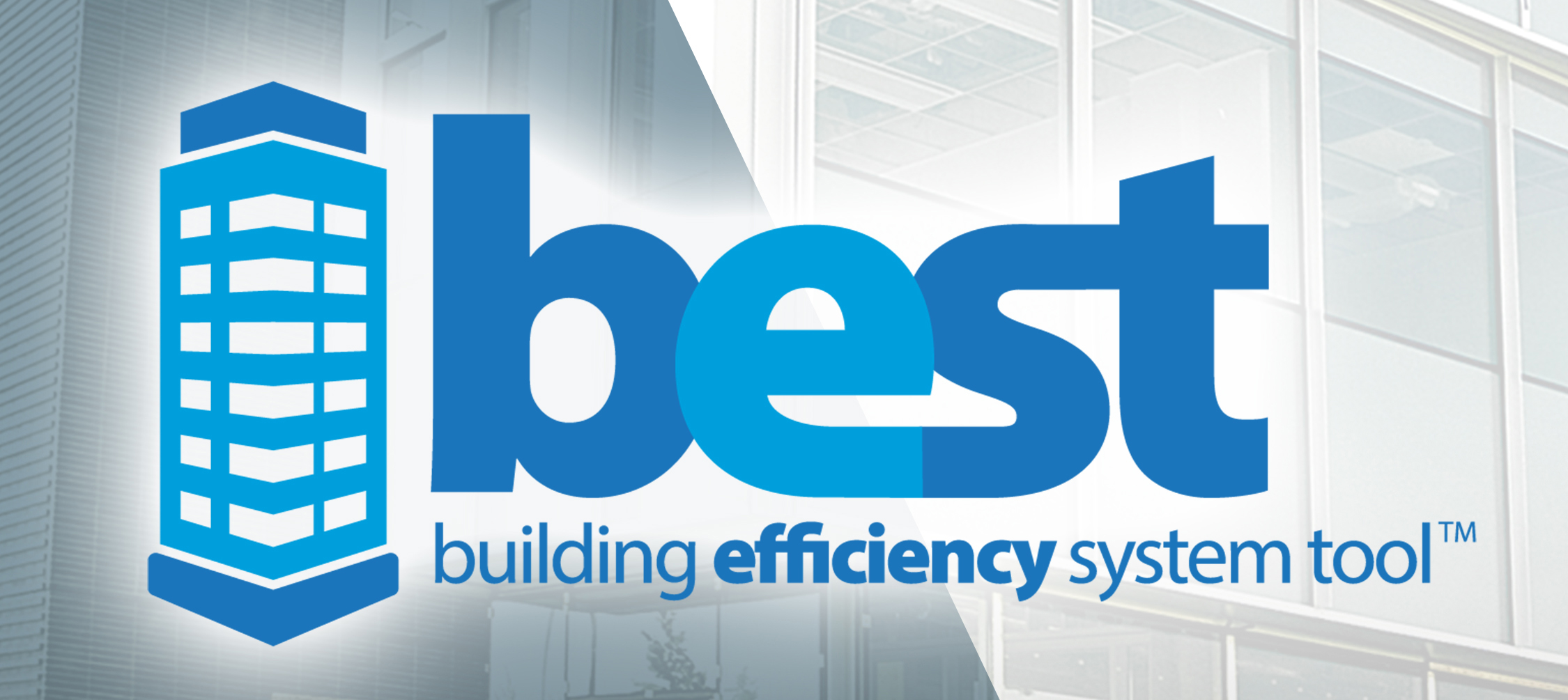
The Hydronic Industry Alliance-Commercial (HIA-C) committee of IAPMO’s Radiant Professionals Alliance (RPA) has released the latest version of its free, interactive Building Efficiency System Tool (BEST). According to RPA Chairman Rick Bostian, “Every time we release a new version, people keep asking us to make it do more.”
And BEST 6.0 definitely does more — a lot more — by adding the ability to model electrification and decarbonized systems, and hot water costs, while also making it even easier to use than earlier versions.
It’s All About What’s Best for You
BEST 6.0 is unique in that it considers not just some, but all costs associated with heating and cooling systems for a specific building, including delivery, installation, utilities, life cycle, etc. To determine what these will be for your building, all you have to do is enter its location, size and number of floors, and BEST 6.0 provides side-by-side comparisons of cost and consumption for up to four different systems almost instantly.
Even better, whenever you change a parameter, BEST 6.0 interactively updates other inputs so you can quickly and easily determine which configuration works best for you.
Bostian describes the BEST template as “like having the whole building on a super Excel spread sheet” that clearly defines system parameters to the extent that “even if you don’t speak HVAC, you can take it to a contractor, and they can give you an accurate estimate of what your cost will be per square foot for any system you want to use.”
Hybrid Systems are Part of the Program
When BEST was introduced in 2015, it addressed a persistent problem by providing, for the first time, highly accurate comparisons of four styles of HVAC systems in a typical box model. It did this by incorporating EER, IEER, SEER, COP or HSPF equipment efficiency standards and adding performance data for the entire system as opposed to looking at a single unit that might only be responsible for 10 to 30 percent of its annual operating costs.
As HVAC solutions have evolved to address decarbonization, and electrification has become a strategy, configurations using multiple sources for heating and cooling have become much more common. BEST 6.0 addresses these by factoring in staged decarbonization options and providing insight as to their cost.
Bostian describes a situation where someone might consider using multiple sources in response to a federally mandated evaluation of their indoor air quality. If they didn’t have sufficient capacity to handle an increase in ventilation air required as the result of this evaluation, they would have to add more.
But what if they wanted to keep their old gas boiler but couldn’t decide whether to add a new one that was electric or get another gas unit that was simply more efficient? Using BEST 6.0, they could determine which solution was best for them right away.
With the ability to model up to three different sources for heating and three different sources for cooling, and a preconfigured software wizard with 30 base systems and hundreds of examples that can be customized, BEST 6.0 can compare almost any hybrid configuration. In fact, Bostian claims, “I don’t think I’ve run into anyone who has a system it can’t model.”
Easy to Use is Easier than Ever
Bostion says that with every version, BEST gets “easier and easier,” and now with version 6.0, it’s “the ultimate of easy.” It just takes a few minutes to use and there’s a minimum of data entry required. Just download it at https://forms.iapmo.org/hiac/software_register.aspx, complete the installation process, and press “GO” to get started.
After that, you can customize it to your location, your utility rates, your loads and your system. And you don’t have to worry about making mistakes or anyone else seeing your input because you’ve downloaded the program so it can be kept confidential.
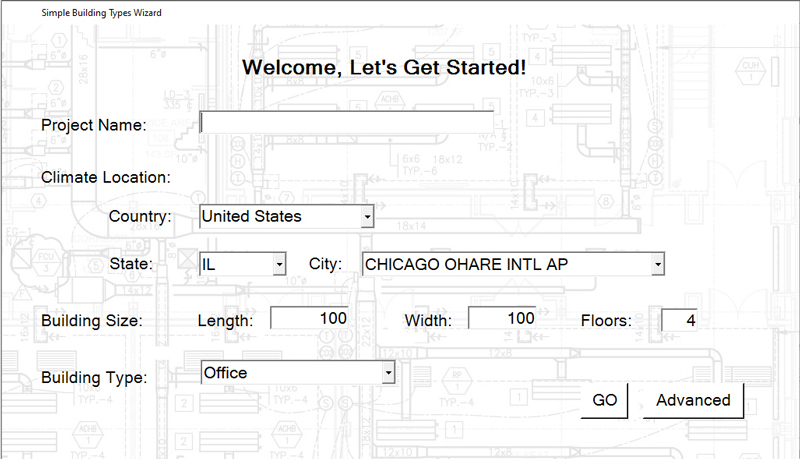
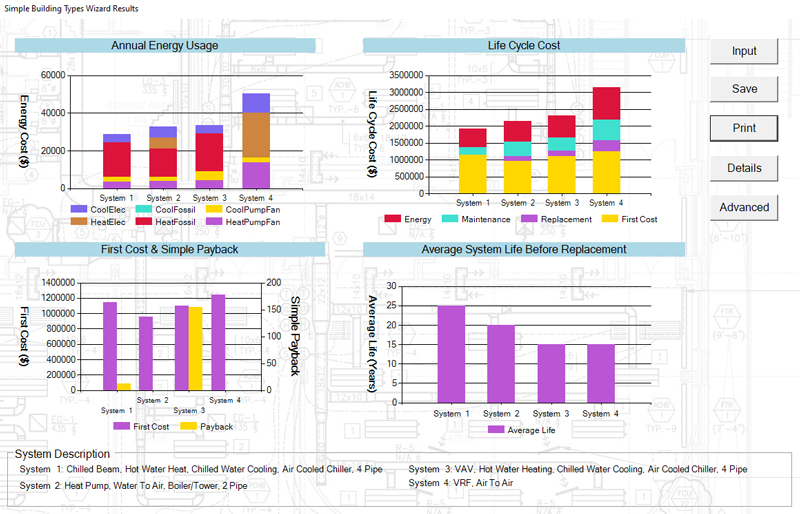
GRAPHICS COURTESY OF HYDRONICS INDUSTRY ALLIANCE – COMMERCIAL
Convenient drop-down menus make it easy to specify equipment and distribution from lists, and BEST 6.0 automatically fills in blanks. You can personalize headings and titles, change specifications any time and save them when you’re finished.
Lists are updated interactively as the program is used, so they’re consistent with elements previously selected. Once the process is complete, BEST 6.0 instantly compares the system that’s described against the building load and utility costs.
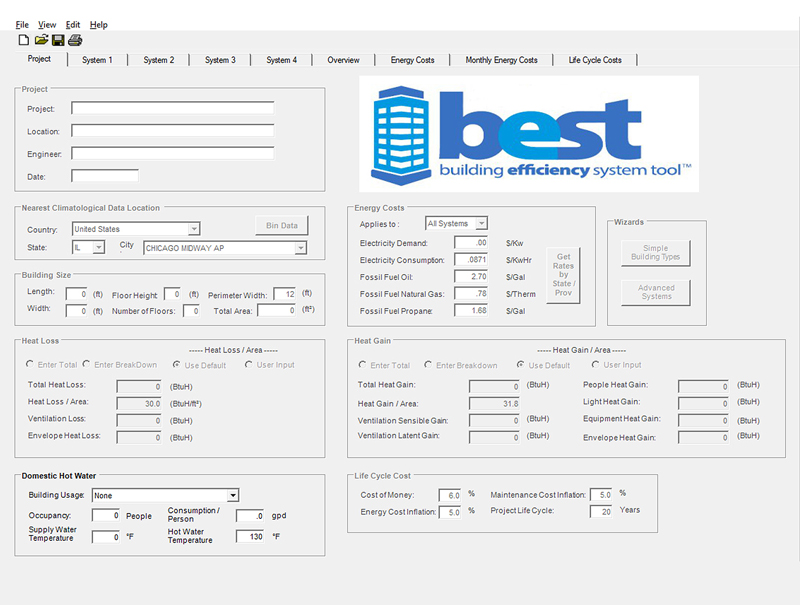
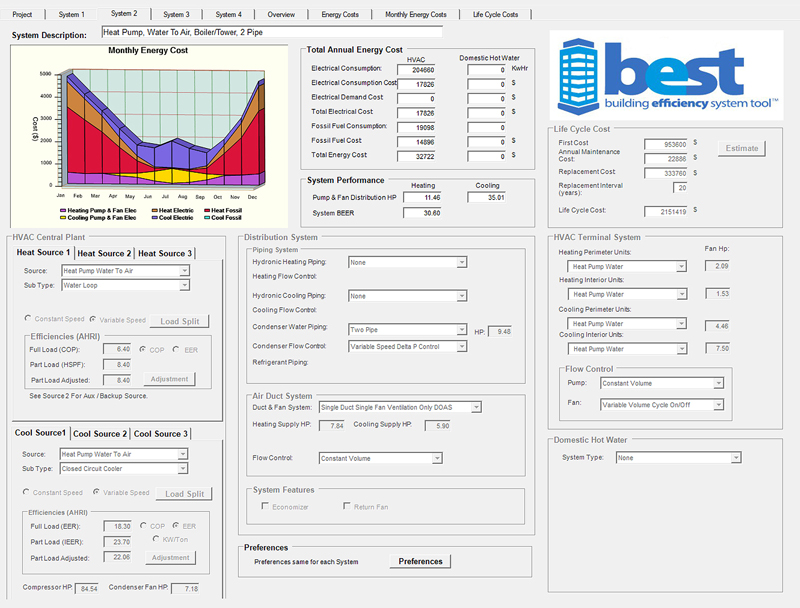
Get With the Program
“BEST was created because it was time for thermodynamics and cost to be front and center versus marketing rhetoric that didn’t really address customers’ concerns,” Bostian says. “What used to be fixed costs have now become highly variable,” adding that it isn’t just the operating costs for HVAC systems that are responsible for this, but increasingly, the environmental, social and regulatory demands on the use of these systems, as well.
Because the energy efficiency burden in North America rests ultimately on the owner, they need to know a system’s cost effects before it is purchased. And there’s only one solution available that makes getting this information fast and easy.
That’s why Bostian highly recommends that “anyone planning a new HVAC system or upgrading an existing one, who wants to get a clear and accurate picture of what its consumption will be for their building, should be looking at a free software program called BEST 6.0.”
Mix and Match Multiple Sources
BEST 6.0 can quickly compare multiple heating and cooling sources including:
- Air-to-water (ATW) heat pumps with water-to-water (WTW) boosters and boiler backup sources.
- Water-to-air (WTA) heat pumps with ATW heat pumps and boiler backup sources.
- WTW and WTA heat pumps with hybrid geothermal sources.
- Air-to-air (ATA) heat pumps with furnace, boiler or resistance backup sources.
- Multiple types of heating or cooling sources configurable for load splitting
- Air source heat pumps with the ability to model user definable ambient temperatures for cut in of backup sources or cutoff of heat pump.
More Great Features You Can Use
BEST 6.0 paints a more complete picture of energy costs by transitioning from annual to monthly averages for temperature input when creating profiles for electricity and gas consumption. By doing so, it helps determine, for example, if energy is being used by the unit or distribution system or whether the cost is coming from electricity or fossil fuels.
BEST 6.0 also adds a new section on water heating so energy costs for hot water systems can be compared based on an average occupancy per building type.
It’s All in the Details
BEST 6.0 outputs nine color reports with charts and graphs detailing specifics for each design or redesign that include:
- Installation cost
- Maintenance cost
- Electrical and fossil fuel costs
- Total system life cycle cost
- Cumulative life cycle cost by year
- System payback time
- Pump and fan horsepower (HP)
- System coefficient of performance (COP)
- Building energy efficiency ratio (BEER)
CONTACT INFO:
Rick Bostian
Chairman, Hydronic Industry Alliance – Commercial
www.HIA-C.org
Ph: (260) 438-1026
Email: rick.bostian@waterfurance.com
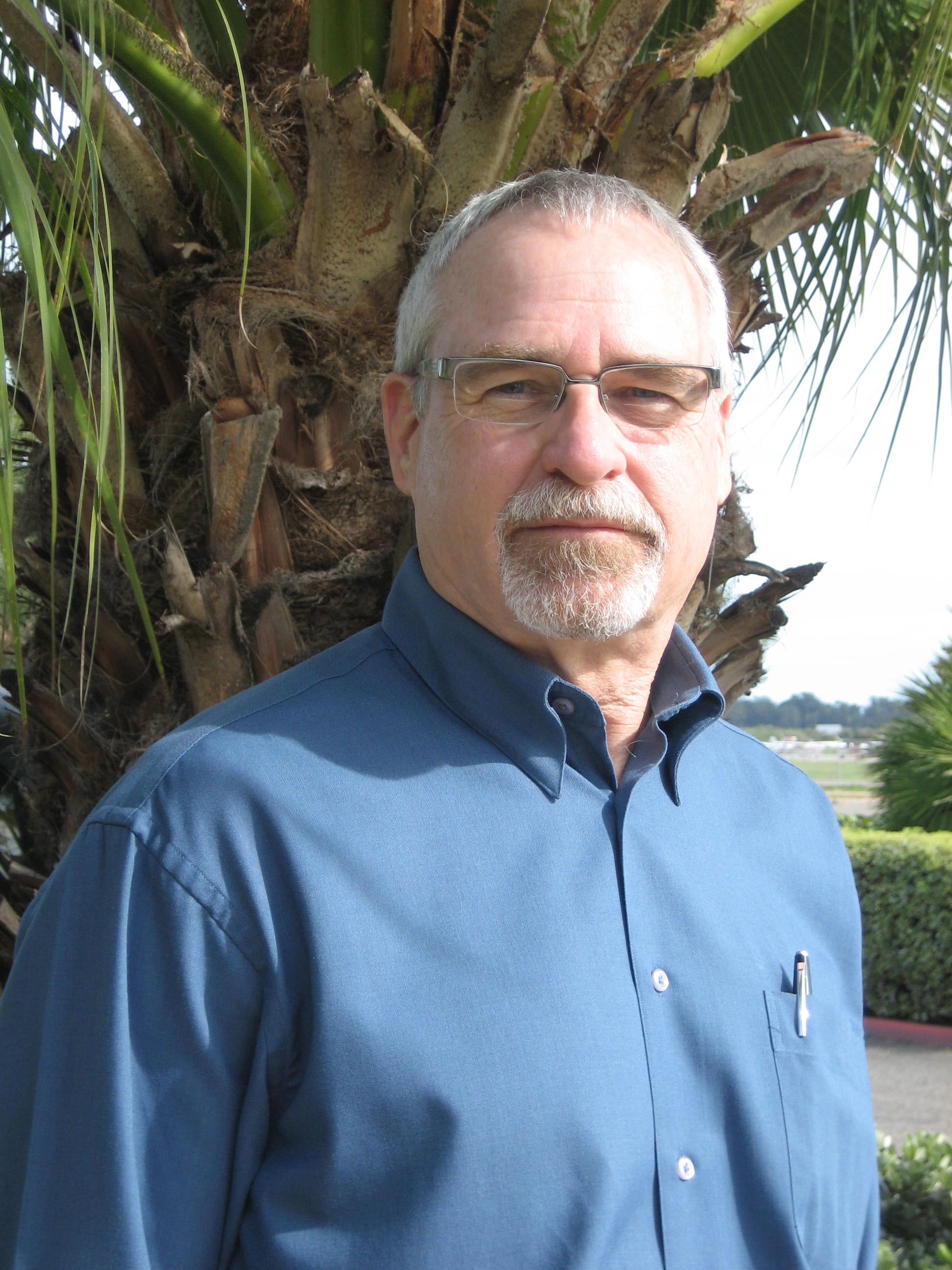
Stephen Webb
Last modified: May 8, 2024
